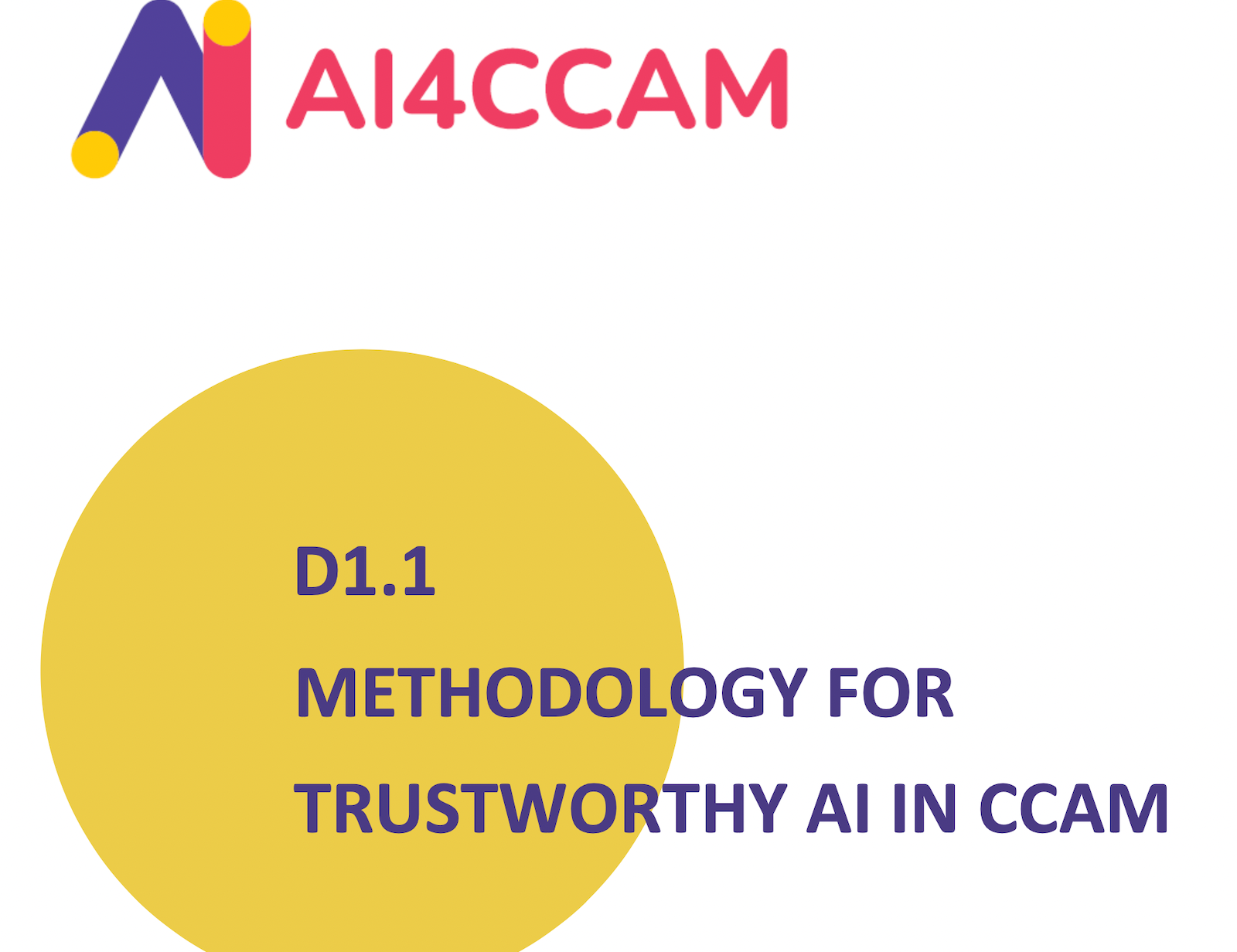News

Methodology for trustworthy Artificial Intelligence in Connected, Cooperative and Automated Mobility (CCAM) released!

AI4CCAM has just released its public deliverable on Methodology for trustworthy AI (Artificial Intelligence) in the scope of Connected, Cooperative and Automated Mobility (CCAM).
The methodology relies on current European guidelines, namely the report Trustworthy Autonomous Vehicles produced by the Joint Research Center of the European commission in 2021, a first instantiation in the autonomous vehicles scope of previous initiatives including the AI Act , (European Commission, 2021) and the ethics guidelines for Trustworthy AI (Expert Group on Artificial Intelligence, 2019). It is also based on the developments of the confiance.ai program, a multi-sector research program tackling trustworthiness of AI in critical systems.
In this document, the proposed methodology is based in a macro decomposition of phases in a pipeline to ensure trustworthiness when developing a given AI-based system for CCAM, inspired from the confiance.ai program. Within such pipeline, specific activities in the project are circumscribed at a high- level and trustworthiness properties are targeted for each one of these phases. These trustworthiness attributes are based on the current developments at a European level, namely those published by the Joint Research Centre report on autonomous vehicles in 2021. All properties identified in the confiance.ai program are provided as support to complete the identified trustworthiness attributes depending on the studied use case.
Application of AI developments will be developed and applied in the use cases in future months.
Within the context of the AI4CCAM project the methodology should be instantiated in 3 uses cases addressing complementary views on AI use and perception. The methodology is instantiated in only one of the use cases of the project for first preliminary guidelines, this is: in AI-enhanced ADAS for trajectory perception. Subsequent activities in the project should see its application to other use cases. In the same logic, one scenario of many to come has been modeled for this specific use case.




